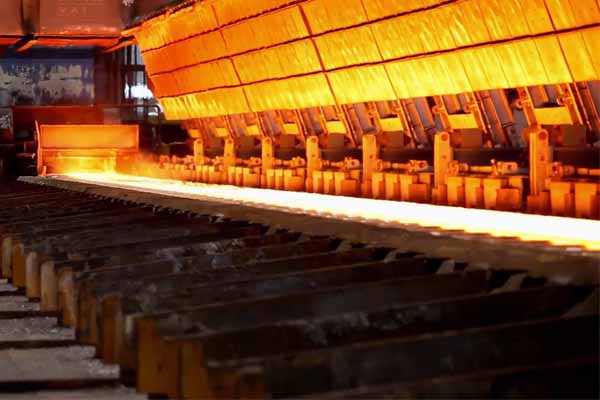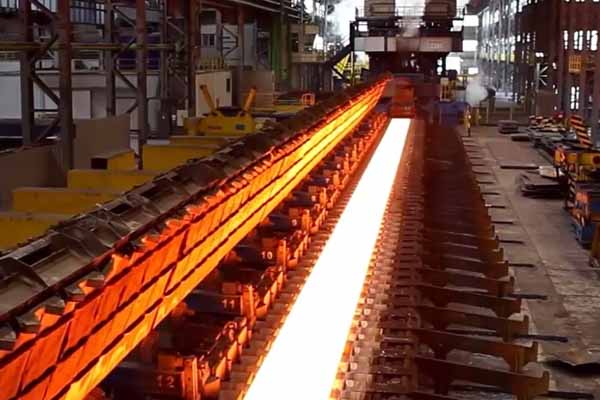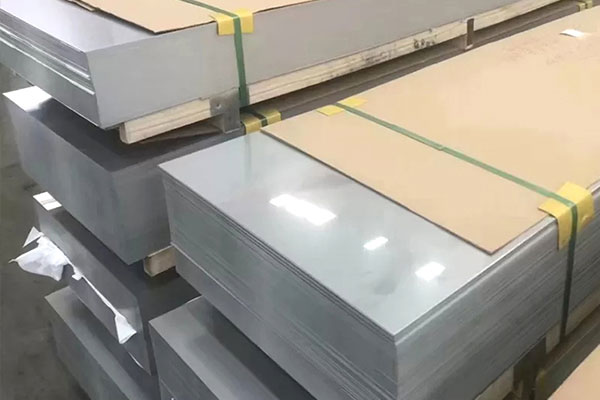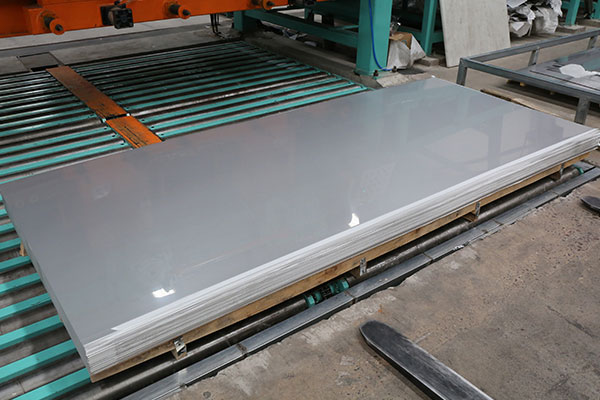How To Deal With Different Impurities On The Surface Of Stainless Plate?
Date:2023-03-01View:957Tags:Ronsco, Stainless Steel Sheet Plate, Stainless Plate Cleaning
Stainless steel is a kind of steel with resistance to weak corrosive media such as air, steam and water or rust resistance. The steel resistant to chemical corrosive media (acid, alkali and salt) is called acid resistant steel, which is mainly characterized by rust resistance, corrosion resistance and antibacterial property, with chromium content of at least 10.5% and carbon content of no more than 1.2%. Impurities or stains attached to the surface of stainless steel plate will seem more difficult to deal with, but in fact, we are wrong. So how to deal with the impurities on the surface of stainless steel sheet plate?
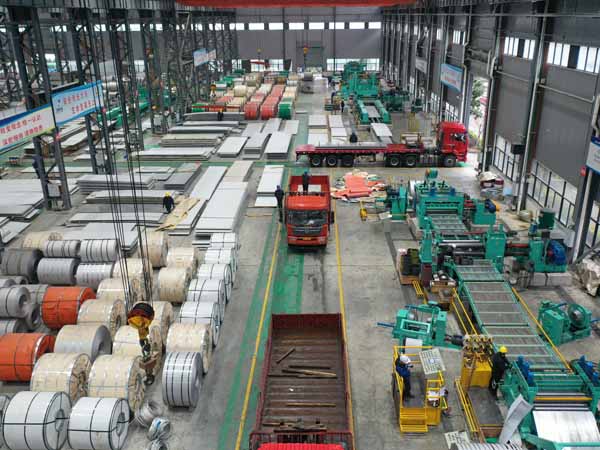
Dust: The production of stainless steel plate is often carried out in the site with dust, and the dust in the air will continue to fall on the surface of the equipment. They can be removed with water or alkaline solution. However, dust with adhesion needs to be treated with high-pressure water or steam.
Floating iron powder: If the rust test solution cannot clean the floating iron powder on the surface of the stainless steel plate, the test inspection shall be carried out. A relatively simple test method is to expose to water for 12-24 hours and check whether there are rust spots. This test has poor sensitivity and time-consuming. These are detection tests, not cleaning methods. If iron is found,we canclean it with the chemical and electrochemical methodsthatdescribed later.
Pen marks of paint, chalk and marks: The effects of these pollutants are similar to those of oil and grease. It is recommended to wash with clean brush and water or alkaline cleaning agent, and high-pressure water or steam can be used.
Welding flux: The welding processes using flux include manual welding, arc welding with flux core and submerged arc welding. These welding processes will leave fine flux particles on the surface of stainless steel plate, which cannot be cleaned up by ordinary cleaning methods. These particles will be the corrosion source of crevice corrosion, and these residual flux shall be cleaned by mechanical cleaning method.
 English
English Русский
Русский


